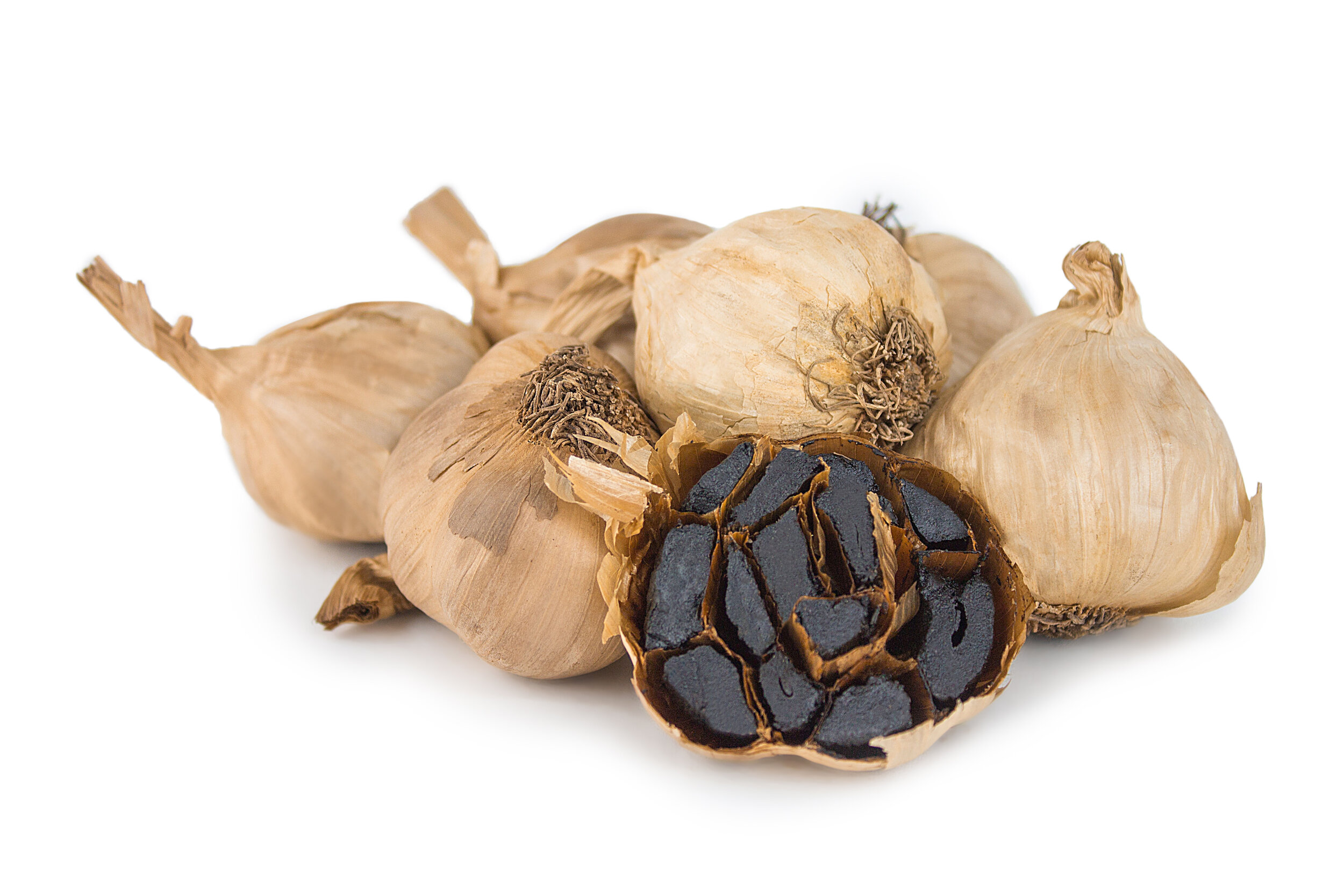Black garlic may be all the rage in today’s gourmet scene, but behind every sweet, umami-rich clove lies a meticulous process honed by dedicated artisans. While large-scale operations have certainly helped bring black garlic to the mainstream, artisanal producers remain the heart and soul of this rising culinary star. In this post, we’re shining a light on the painstaking craft behind small-batch black garlic makers and exploring why their personalized touch matters—both for flavor and for the communities they support.
1. The Art of Slow Transformation
One of the most remarkable aspects of black garlic is how it’s produced: raw garlic bulbs are aged at low heat and high humidity for weeks until they turn dark, soft, and sweet. While industrial facilities might rely heavily on automated systems, artisanal producers often refine their methods over generations, using carefully monitored environments and periodic manual checks to ensure each bulb develops maximum flavor. This hands-on approach is what gives artisanal black garlic its complex caramel notes and satisfyingly balanced sweetness.
2. Small-Scale Roots and Sustainable Practices
Artisanal producers tend to source their garlic from local farms or grow it themselves—often favoring heritage or heirloom varieties known for unique flavor profiles. This localized approach supports sustainable agriculture practices. Not only does it reduce the carbon footprint associated with transporting goods, but it also keeps money circulating within regional economies. Plus, these specialized garlic varieties can yield distinct nuances in the finished product—tangier, earthier, or slightly sweeter—reflecting the local soil and climate.
3. Tradition Meets Innovation
Many artisanal makers blend time-honored techniques with modern-day innovations to perfect their craft. While they might rely on tried-and-true aging methods, producers also experiment with innovative twists—like flavored infusion stages or controlled fermentation additives that can amplify certain taste elements. These small-scale experiments often serve as the pulse of culinary innovation, inspiring new ways to incorporate black garlic into everything from sauces and spreads to gourmet desserts and wellness products.
4. A Focus on Quality Over Quantity
When production is small-scale and highly labor-intensive, quality control takes center stage. Artisanal producers typically inspect bulbs individually before, during, and after the aging process—removing any that don’t meet their standards. This degree of care results in consistently high-quality black garlic that stands out in both flavor and texture. Consumers often note that artisanal black garlic has a softer, more buttery clove interior and a distinctive sweetness that can’t always be matched by mass-produced versions.
5. The Human Connection: Stories and Communities
There’s a deeply personal element to artisanal food products. Whether it’s a multi-generational family farm or a passionate newcomer who fell in love with the craft, each producer has a story that infuses their black garlic with a sense of place and heritage. As consumers grow more interested in the origins of their food, artisanal black garlic makers find a receptive audience for these authentic narratives—strengthening bonds between producers and the communities they serve.
6. Spotlight: A Rising Star in Artisanal Black Garlic
One such producer making waves in this space is Noir Clove, an emerging brand that prides itself on small-batch production and close collaboration with local farmers. By working directly with garlic growers who practice organic and regenerative methods, Noir Clove ensures a dependable supply of high-grade bulbs. Their team then employs a proprietary aging process—one that marries traditional wisdom with modern precision—to create black garlic prized for its deep caramel notes and velvety texture. It’s a shining example of how artisanal producers can scale up responsibly while retaining the essence of handcrafted quality.
(Note: Substitute Noir Clove with your preferred name or brand to tailor this section to the client you want to subtly feature.)
7. The Future of Artisanal Black Garlic
As global demand for black garlic continues to rise, artisanal producers face both opportunities and challenges. On one hand, a growing consumer appetite for high-quality specialty ingredients provides new markets for small-batch products. On the other hand, scaling without losing artisanal authenticity or compromising quality can be tricky. Nonetheless, these challenges also spur creativity—leading to innovations like eco-friendly aging chambers, collaborative farm partnerships, and new product lines (such as black garlic-infused oils, sauces, and even sweets).
8. Supporting the Craft, Savoring the Flavor
When you purchase artisanal black garlic, you’re not just getting a delectable ingredient—you’re also investing in sustainable agriculture, local communities, and time-tested craftsmanship. The next time you cook up a pasta dish, marinate a roast, or experiment with a new dessert, consider reaching for a jar or bulb from a small-scale producer. By doing so, you’ll taste the difference that genuine care, patience, and tradition can bring to every dark, sweet clove of black garlic.
In a world that often prioritizes speed and quantity, artisanal black garlic stands as a testament to the beauty of doing things slowly and doing them well. It’s this spirit of craftsmanship and community that elevates a simple garlic bulb into a culinary masterpiece—and that’s well worth celebrating.

Comments (0)
No comments yet. Be the first to comment!